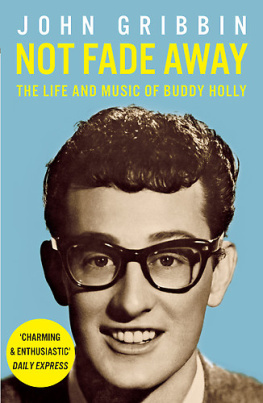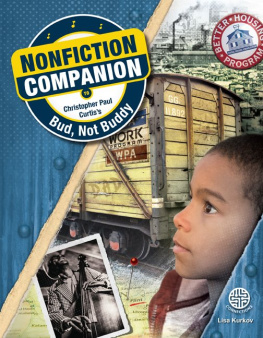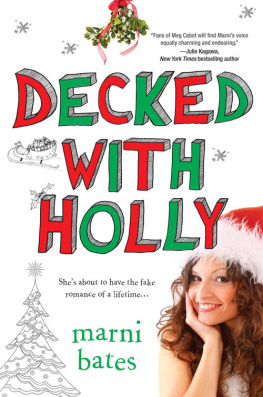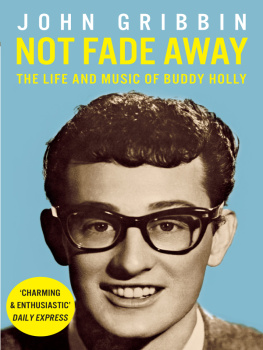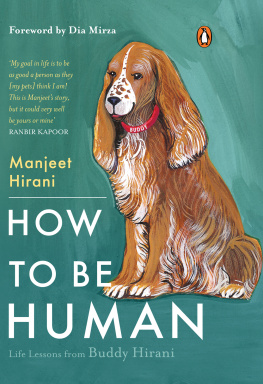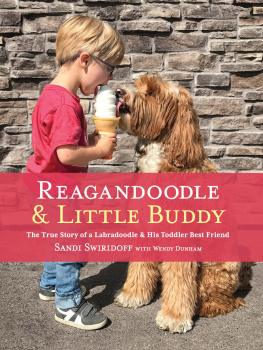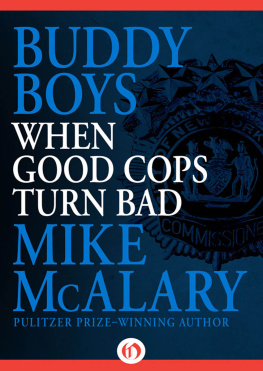
First published in the UK in 2009 by
Icon Books Ltd, Omnibus Business Centre,
3941 North Road, London N7 9DP
email: info@iconbooks.co.uk
www.iconbooks.co.uk
This electronic edition published in the UK in 2012 by Icon Books Ltd
ISBN: 978-1-84831-384-2 (ePub format)
ISBN: 978-1-84831-385-9 (Adobe ebook format)
Sold in the UK, Europe, South Africa and Asia
by Faber & Faber Ltd, Bloomsbury House,
7477 Great Russell Street,
London WC1B 3DA or their agents
Distributed in the UK, Europe, South Africa and Asia
by TBS Ltd, TBS Distribution Centre, Colchester Road,
Frating Green, Colchester CO7 7DW
This edition published in Australia in 2012
by Allen & Unwin Pty Ltd,
PO Box 8500, 83 Alexander Street,
Crows Nest, NSW 2065
This edition published in the USA in 2012 by Totem Books
Inquiries to: Icon Books Ltd, Omnibus Business Centre,
3941 North Road, London N7 9DP, UK
Text copyright 2009 John and Mary Gribbin
The author has asserted his moral rights.
The extract from The Autobiography of Eric Clapton , published by Century, is reprinted by permission of The Random House Group Ltd
No part of this book may be reproduced in any form, or by any means, without prior permission in writing from the publisher.
Typeset in 11 on 15 pt Palatino by Wayzgoose
Buddy Holly didnt give birth to rock n roll, but he sure rocked the cradle .Carl Perkins
We used to watch Sunday Night at the London Palladium One night they had Buddy Holly on the show, and I thought Id died and gone to heaven; that was when I saw my first Fender guitar. It was like seeing an instrument from outer space and I said to myself: Thats the future thats what I want Of all the music heroes of the time, he was the most accessible, and he was the real thing. He wasnt a glamour puss, he had no act as such, he clearly was a real guitar player, and to top it all off he wore glasses. He was like one of us. It was amazing the effect his death had on us. After that, some say the music died. For me, it really seemed to burst open.
Eric Clapton, The Autobiography (Century, 2007)
For my friend in Lubbock, Texas Bill Jolley
And for the next generation of Buddy Holly fans, Bella and William
Acknowledgements
Thanks to John Beecher for all of the Buddy Holly material he has supplied over the years, to Ben Gribbin for a critical reading of the first draft of this book, and to David Glasson for musical insights. Simon Forge and Michael Kenward played no direct part in the present project, but have shared many a Buddy Holly moment with me in the past five decades. Without any one of them, it would not have turned out the same way. Sonny Curtis and Kevin Montgomery took the trouble to put me right on some dates and other facts, Joes Vintage Guitars helped with information about 1950s Fender Stratocasters, and Carl Bunch provided the playlist for the last tour. Gary and Ramona Tollett provided details of the Thatll Be The Day recording session, while Sherry Holley and Larry Holley helped with some family background. Quotes credited as ( Memories ) are from the superb collection gathered together by Jim Dawson and Spencer Leigh. The archive of the Buddy Holly Center in Lubbock is the source for the exact dates of his tours and other activities.
Special thanks to Warwick Bilton for technical help (!).
For once, Mary Gribbin played no direct part in the writing of this book, but deserves thanks for tolerating my obsession with Buddy Holly for most of the past 50 years.
Although I have tried to check all the facts and make the story as accurate as possible, after half a century there is inevitably some uncertainty about the exact details of certain events; if anyone finds errors in my version of the story, or has additional information, Id be glad to hear from them with a view to getting it right next time. I can be contacted via john@gribbin.co.uk
John Gribbin trained as an astrophysicist at Cambridge before becoming a full-time science writer, and he is the master of popular science writing, according to the Sunday Times . He has worked for Nature and the New Scientist , and has contributed to The Times and the Independent . His numerous books include In Search of Schrdingers Cat and Science: A History. Not Fade Away is his first-ever non-science title.
Contents
INTRODUCTION
Reminiscing
I wasnt quite a teenager when Buddy Holly died. On 3 February 1959 I was just six weeks short of my thirteenth birthday. The news of Hollys death in a plane crash, along with the Big Bopper and Ritchie Valens, made a relatively small impact on me at the time. It was the older boys at school who were shocked by the news, and stood in dazed groups in the playground discussing what seemed to them like the end of the world. I knew Buddy Holly and the Crickets from their hit singles played on the radio (Radio Luxembourg, listened to under the blankets in bed at night), but at that tender age I hadnt purchased any of them myself. My own musical taste leaned more to Lonnie Donegan, the Everly Brothers, Lord Rockinghams XI, and (of course) Elvis Presley. I was the proud possessor of the Kingston Trios version of Tom Dooley on a 78 rpm record.
But in the wake of the events of 3 February 1959,the first 45 rpm record I bought was an EP by Holly containing the hits Peggy Sue and Listen to Me, with their B-sides Everyday and Im Gonna Love You Too. The first LP I bought was, curiously, The Buddy Holly Story Volume Two so many of my friends had copies of the first Buddy Holly Story album, which was required listening at any gathering, that somehow I never got around to getting my own copy until years later. By 1962, I was enough of a Holly fan to be incensed when Tommy Roe had a big hit with Sheila, a blatant rip-off of Peggy Sue. And my enthusiasm has remained at that level; nine of the top 25 most played tunes on my iPod are by Holly.
Im in good company. The Beatles took the inspiration for their name largely from Hollys group, the Crickets; they took the inspiration for their early efforts at songwriting from Holly, and chose the Crickets Thatll Be The Day for their first attempt at recording. George Harrison later said, Buddy Holly was my first favourite and my inspiration to go into the music business ( Memories ). The Hollies took their name entirely from Buddy, while the Searchers took theirs from the name of the movie in which John Wayne repeatedly utters the line Thatll be the day, itself the inspiration for the song. The Rolling Stones first hit the UK top ten with Not Fade Away a Buddy Holly song. And Bruce Springsteen sings Buddy Holly songs in his dressing room to warm up before going on stage.
Without Holly, the British music boom of the 1960s, and all that it influenced, would have been very different. He was so influential because he could do everything by the end of his short life he was not only writing the songs, and performing them in a self-contained unit with the Crickets, but was producing records too. Although the Crickets also performed as a trio, Hollys band essentially invented the now classic group line-up of two guitars, bass and drums. They sometimes dispensed with the second guitar, because Holly was also a superb and original guitarist who could produce a sound like lead and rhythm at the same time. Playing second guitar in Hollys band was about as pointless as the proverbial fifth wheel.
Elvis was undoubtedly a greater performer but Elvis didnt write songs, didnt produce records, and was no more than a competent guitar strummer. Buddy Holly did it all, and he did it all so well. Appreciated much more in Britain than in his homeland, he was the inspiration for dozens of groups who thought If he can do it, so can we. Some were right; many were wrong. But the ones who were right included the Beatles and the Rolling Stones. In the words of his biographer Philip Norman, there is a case for calling Buddy Holly the [twentieth] centurys most influential musician.
Next page
